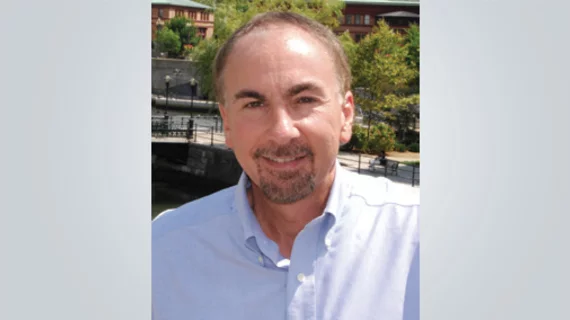If Money Talks, This Issue Has a Lot to Say
With a sincere Thank You to everyone who took the time to complete RBJ’s first annual salary survey—more than 530 individuals—we’re delighted to present the results in the pages ahead.
The numbers, charts and graphs will do most of the talking (What’s in Everyone Else’s Wallet?), but first here are a few clarifying notes worth keeping in mind.
The annual salaries we’ve charted are averages. We’ve included medians in parentheses because some readers prefer that metric on the strength of its tendency to correct for outliers at the extremes.
Of course, “extremes” are relative. And our findings have been scrubbed of obviously far-out oddities.
So if the 2019 RBJ averages are skewed at all, it’s only because our “outliers” are, in fact, star performers who are maximizing their earnings and have reported them truthfully.
As for salaries, at the low end for physicians were radiology residents. No surprises here. Trainees averaged $60,199 annually with a median of $58,774 and a maximum of $68,000. Better days are ahead, good doctors.
For the rest of the breakout figures you’ll have to go through the pages.
Equally informative to the radiologist results, as you’ll see, are those from the nonradiologists who took our survey. We were encouraged to note robust response rates from radiology administrators, technologists and PACS professionals.
Finally, an interesting aside. We asked where people turn for their news and views on radiology. Favorites varied from one job title to the next, but RBJ and sister outlet RadiologyBusiness.com placed at or near the top across the board—and emerged as the No. 1 source of information for all audiences taken together.
It says something that those who regularly read us do so with such striking consistency.
And with that I end this message on the same note on which it started:
Thank you.

